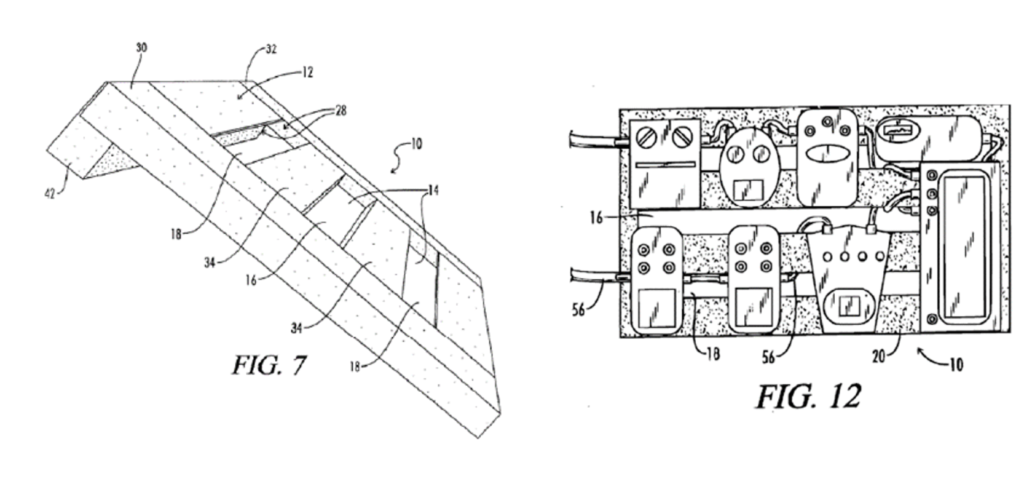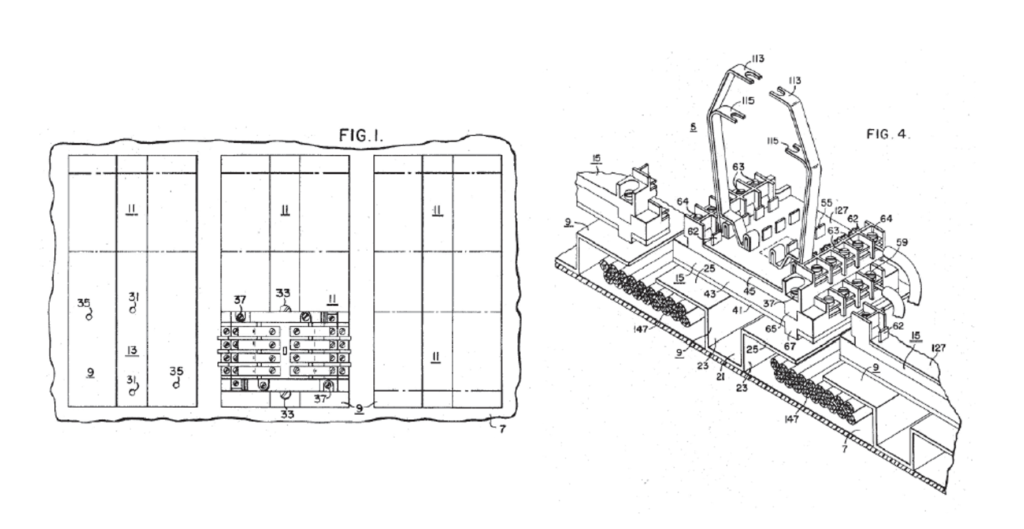Addressing the Patent Trial & Appeal Board’s application of the field of endeavor and reasonably pertinent tests for determining analogous art, the US Court of Appeals for the Federal Circuit found that the Board should not have required a petitioner to precisely articulate the relevant field of endeavor for the patent and prior art using the magic words, “field of endeavor.” However, the Court agreed with the Board that the prior art was not reasonably pertinent because it concerned a different problem than the challenge addressed by the patent. Netflix, Inc. v. DivX, LLC, Case No. 22-1138 (Fed. Cir. Sept. 11, 2023) (Stoll, Hughes, and Stark, JJ.)
Netflix filed an inter partes review (IPR) challenging DivX’s patent directed toward a feature called “trick play functionality,” which refers to the ability to fast forward, rewind and skip frames in a multimedia file. The patent’s background explains that the invention generally relates to the “encoding, transmission and decoding of multimedia files.” Notably, the claimed invention implements a multimedia file based on the Audio Video Interleave (AVI) structure with an additional storage structure called an “index chunk.”
In its petition, Netflix asserted that the challenged claims were obvious over two prior art references, Zetts in view of Kaku. Kaku disclosed the use of an AVI file with an index chunk to show image data and/or play sound data in a digital camera. Kaku explained that the invention’s primary object is to reproduce a motion image in a device with minimal memory but clarified that the invention is “applicable to every electronic appliance to reproduce motion images.” Netflix asserted that Zetts disclosed a system for facilitating trick play while Kaku disclosed using an AVI file format with an index chunk to store video/audio data.
In its patent owner response, DivX argued that Kaku was non-analogous art because the challenged patent relates to facilitating trick play in streamed multimedia content, whereas Kaku utilizes M-JPEG files in limited-memory cameras. DivX similarly argued that Kaku was not reasonably pertinent to the problem of “facilitating trick play functionality in streaming services.” Netflix countered that Kaku must be considered for its AVI teachings and/or the “encoding and decoding of multimedia files,” both of which are “applicable to every electronic appliance to reproduce motion images” and render Kaku reasonably pertinent. The Board rejected Netflix’s obviousness argument, holding that it failed to identify the field of endeavor for the DivX patent or Kaku, as well as the problem to be addressed by the DivX patent. Netflix appealed.
The Federal Circuit first considered the Board’s conclusion that Netflix failed to identify an overlapping field of endeavor for Kaku and the DivX patent. The Court explained that the field of endeavor is determined by reference to explanations of the invention’s subject matter in the specification and is not limited to the specific point of novelty or the particular focus within a field. Rather, a field of endeavor may be broadly defined because it relies on the specification’s complete disclosure. Applying this principle, the [...]
Continue Reading
read more

 Subscribe
Subscribe




